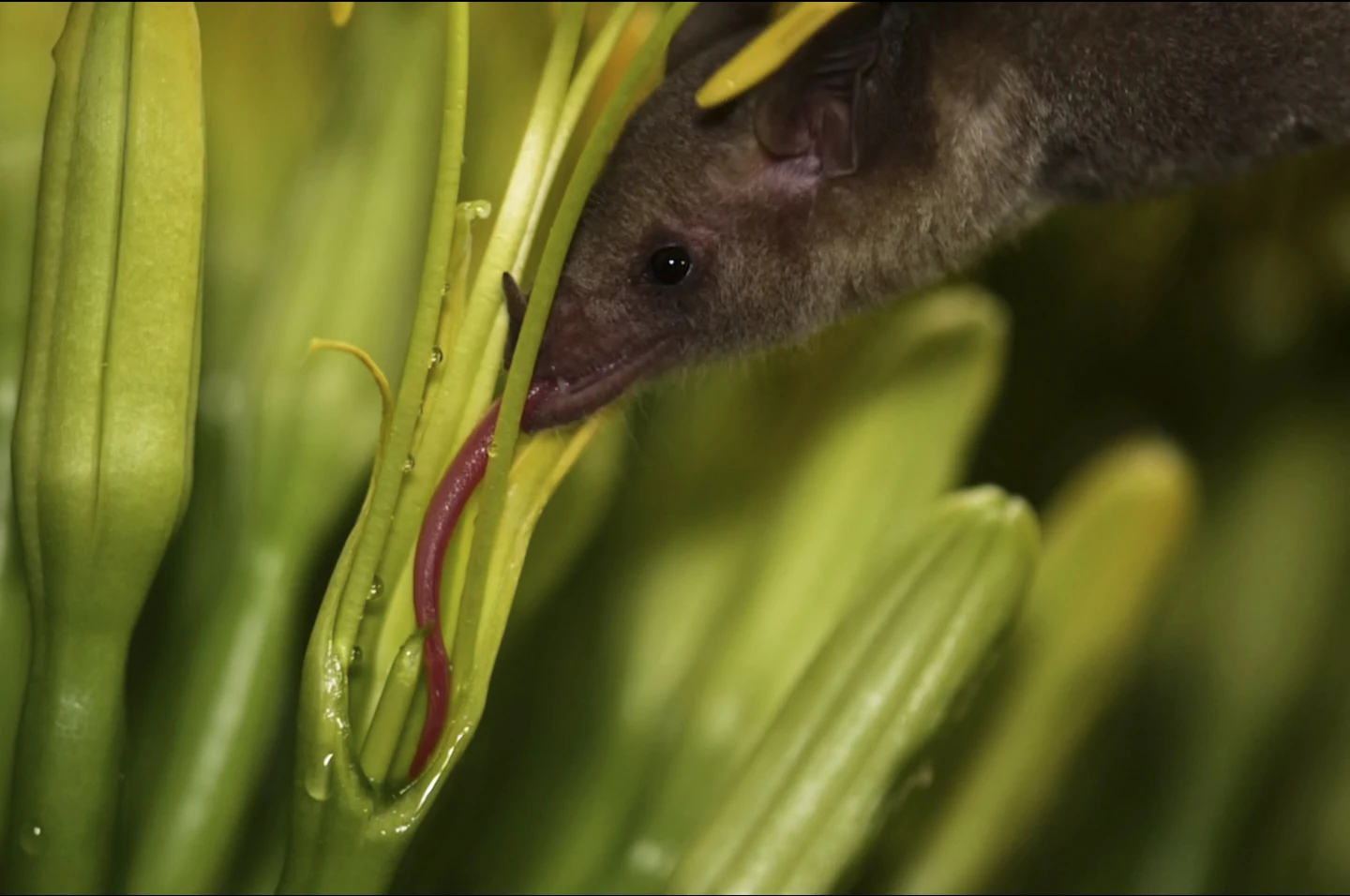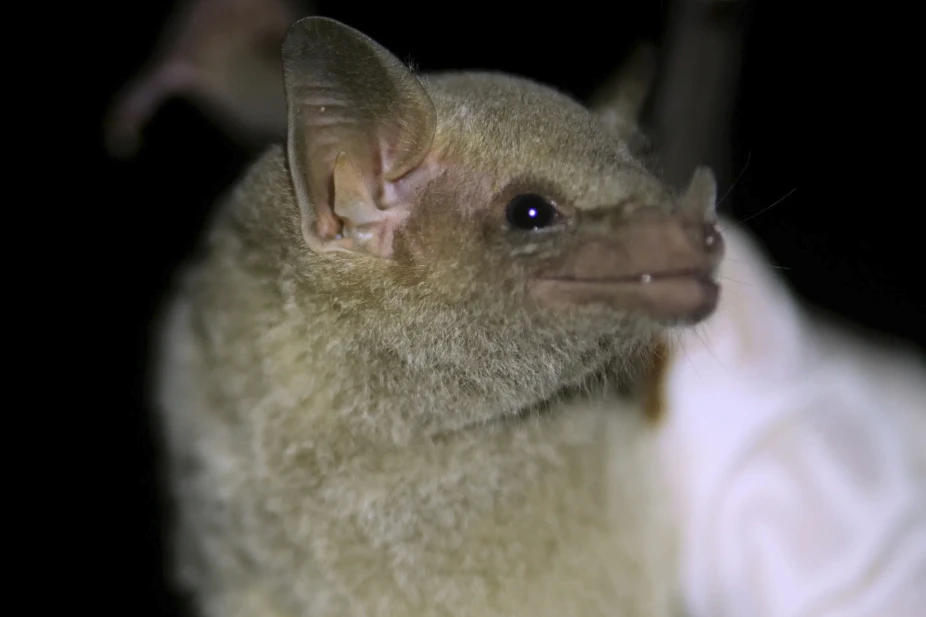For years, scientists have suspected that Mexican long-nosed bats migrate through southeastern Arizona, but confirming their presence has been difficult. Traditional methods, such as capturing and measuring the bats, have proven unreliable due to their nocturnal nature and elusive behavior. Without direct evidence, researchers have struggled to prove their migration patterns. However, a groundbreaking approach using saliva analysis has now provided the confirmation they needed.
Using Environmental DNA for Detection
A collaborative effort led by Bat Conservation International, a nonprofit organization focused on bat conservation, introduced an innovative way to identify these bats. By collecting saliva samples from plants and hummingbird feeders where the bats feed, researchers could analyze environmental DNA (eDNA) left behind.
The samples, gathered with the help of residents across southeastern Arizona, southwestern New Mexico, and west Texas, were sent to a specialized lab at Northern Arizona University. Scientists then examined the genetic material to verify the bats’ presence in these areas.

The Mexican long-nosed bat has been classified as an endangered species under the Endangered Species Act since 1988. It plays a crucial role in pollinating desert plants such as cacti and agave, which are vital to the ecosystem. The confirmation of its migration route through Arizona not only expands the state’s recognized bat species count to 29 but also reinforces the bat’s ecological importance. Its survival directly impacts plant reproduction and biodiversity, making conservation efforts even more critical.
Advantages of Noninvasive Research Methods
Traditionally, scientists would have to spend countless hours trying to catch these bats to study them, with no guarantee of success. The use of eDNA offers a noninvasive, efficient alternative. This method allows researchers to detect species by analyzing genetic traces in the environment, eliminating the need for direct capture. Wildlife experts believe this innovative technique will revolutionize the way migratory and endangered species are studied in the future.
Citizen scientists played a key role in collecting saliva samples from bird feeders throughout the summer and fall. In the lab, microbiology students, including Anna Riley, meticulously extracted DNA and compared it with existing genetic databases to identify the species. This time-intensive process ultimately confirmed the bats’ presence in Arizona. Conservationists believe that eDNA analysis can be applied to other bat species and wildlife research, making it a powerful tool for ecological monitoring and protection.
